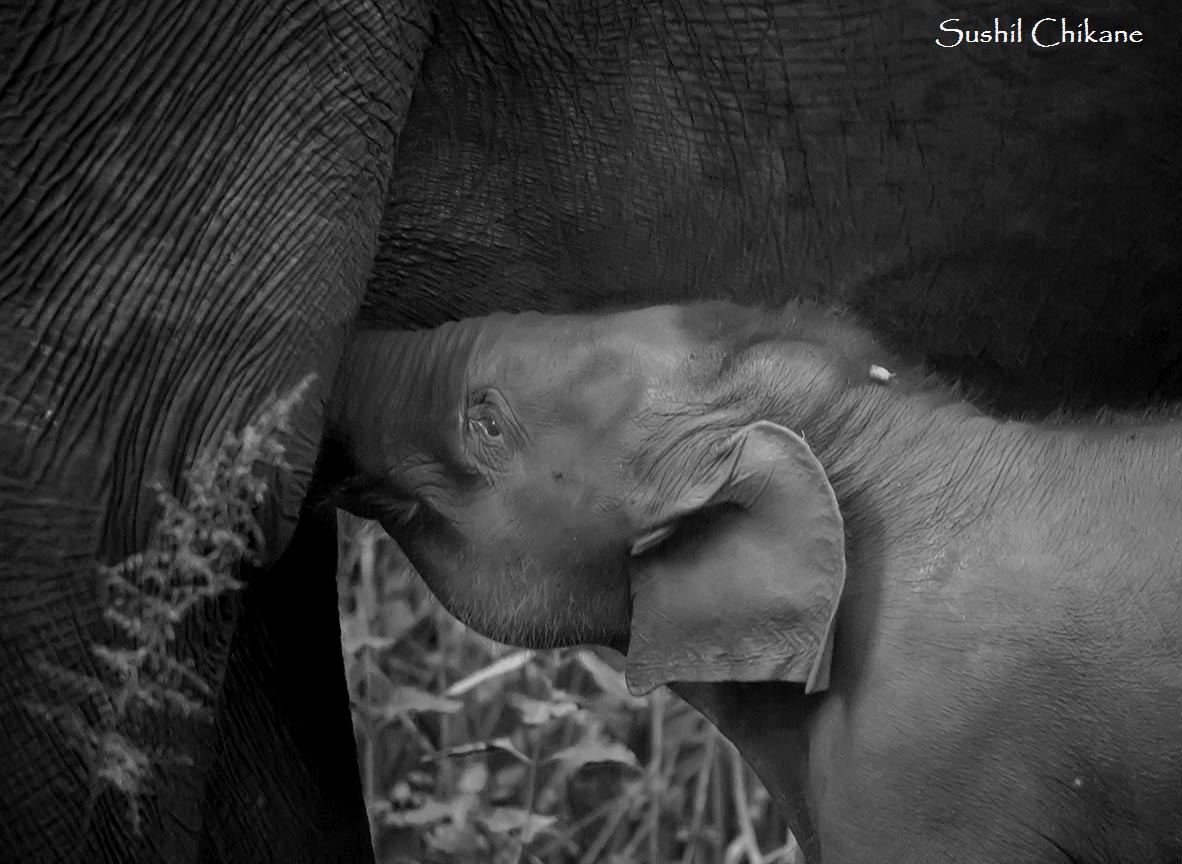From intricate artwork to signature seals, the demand for elephant ivory only seems to be growing. What is unseen, however, is its catastrophic consequence!
This series looks at some commonly (and illegally) traded species in India.
Alternately revered as gods, used in celebrations, viewed as killers and crop raiders and killed for their tusks – elephants have had a contrary relationship with the people of India.
The trade for elephant body parts, especially ivory, has been well documented – enough to fill several books.
Elephants in India:
According to the last elephant census held in 2017, India has slightly over 27,312 wild elephants in the country distributed over 23 states. Due to the large amount of food they need (around 250 kilograms a day), elephants need to move continuously through the forests. Habitat fragmentation and encroachment into forested areas have led to increased human-elephant conflict.
Legal Protection:
The Asian elephant has been given the highest protection possible under Schedule I of the Wildlife (Protection) Act, 1972 (WLPA). It is also listed under Appendix I of CITES.
The Trade:
Male Asian elephants are killed for their tusks, which are then carved into intricate deities, artwork, or sold raw to be carved later. This ivory is sold in domestic markets or smuggled abroad. A big market for ivory is Japan, where it is used to make signature seals called inkan or hanko.
According to Vivek Menon, Executive Director of the Wildlife Trust of India and Chairperson of the IUCN SSC Asian Elephant Specialist Group, there are approximately only 1000 tuskers in India and the rate of poaching is around a 100 males a year. If it remains unobstructed, the species could well be on its way to extinction.

Elephants are evolving to lose their tusks given the poaching pressure. (Image Courtesy- Sushil Kumudini Chikane)
Another recent demand in the market is for that of elephant skin. A powder made from this skin is used in medicines that allegedly cure stomach ailments. The skin is also carved and polished and turned into prayer beads. This is a scary prospective for a couple of reasons. China is taking steps to ban the ivory trade but there is now a demand for new elephant products that are not illegal in the country. While tusks are only found in some Asian elephant males (tuskless males are known as makhnas), the skin trade puts females at risk too.
Noteworthy Ivory Seizures in India:
- A raid in Kolkata yielded ivory worth several crores in March 2019.
- Nearly 17 kilograms of ivory were found in a truck carrying Assam tea in January 2019.
- Nine kilograms of ivory seized in West Bengal in July 2018.
- 13 kilograms of ivory and elephant teeth were seized in Kerala in June 2018.
The list goes on. The largest haul in India to date was 487 kilograms of ivory in Delhi in October 2015.